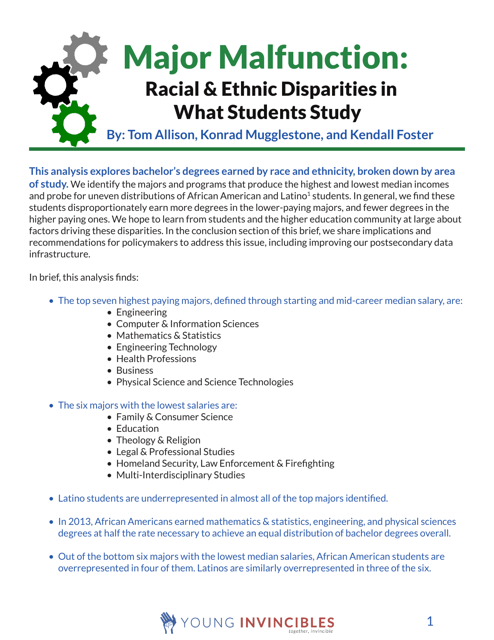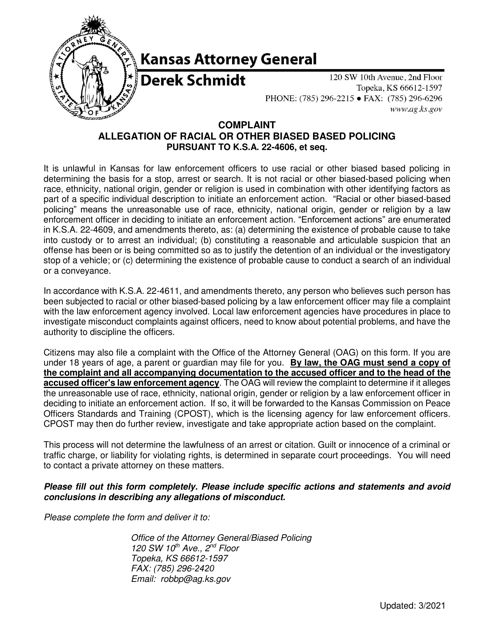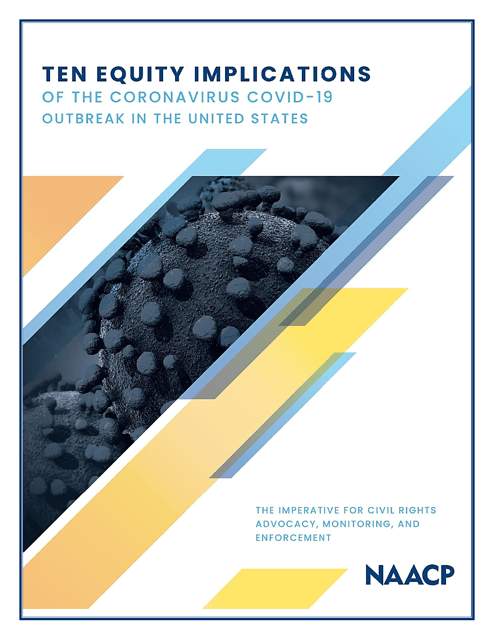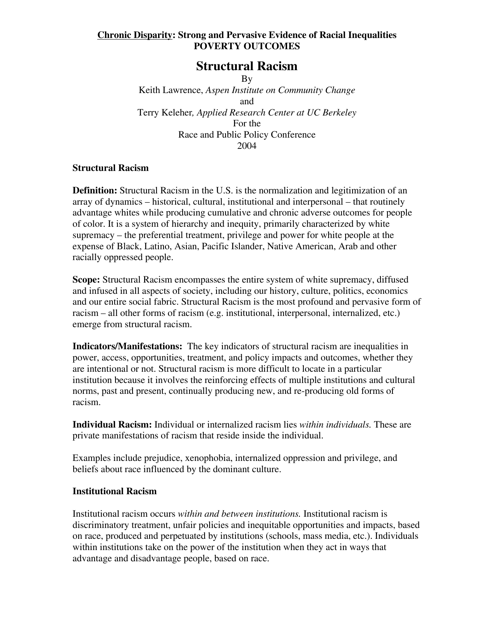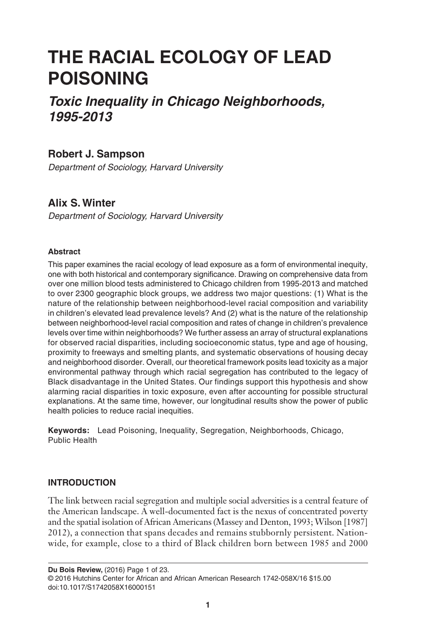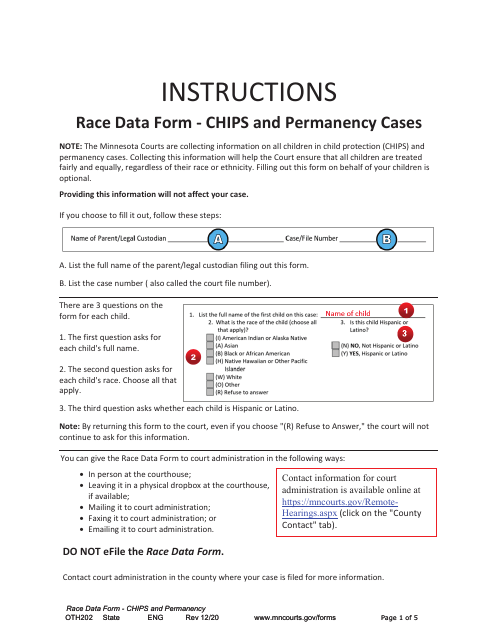Racial Disparities Templates
Racial Disparities, also known as racial inequalities or racial disparities, refer to the differences in treatment, opportunities, and outcomes experienced by individuals from different racial and ethnic backgrounds. These disparities can be found in various aspects of society, including education, criminal justice, healthcare, employment, housing, and more.
Understanding and addressing racial disparities is crucial for promoting equity and social justice. It is essential to recognize and challenge the systemic factors and biases that contribute to these disparities, as they can have a profound impact on individuals and communities.
By examining and analyzing racial disparities, policymakers, researchers, and advocates can gain valuable insights into the root causes and consequences of these inequities. This knowledge can inform the development of targeted strategies and interventions to dismantle barriers and promote equitable opportunities for all.
For instance, studies such as "Major Malfunction: Racial and Ethnic Disparities in What Students Study" shed light on the educational disparities faced by students from different racial and ethnic backgrounds. By identifying these disparities, policymakers can work towards creating a more inclusive and equitable education system.
Similarly, documents like "Racial or Bias-Based Policing Complaint Form" highlight the need to address racial disparities in law enforcement. Such forms enable individuals to report incidents of racial profiling or discriminatory practices, contributing to the accountability and transparency of police departments.
During the COVID-19 pandemic, reports like "Ten Equity Implications of the Coronavirus Covid-19 Outbreak in the United States" have drawn attention to the disproportionate impact of the virus on marginalized communities. This information can guide policymakers and organizations in developing targeted responses that address the specific needs and challenges faced by these communities.
Explorations of concepts such as "Structural Racism" further deepen our understanding of the historical and systemic factors that perpetuate racial disparities. By examining the underlying structures and institutions, we can work towards dismantling the systems that perpetuate inequality.
Finally, "Form OTH202 Race Data Form - Chips and Permanency Cases" exemplifies the importance of collecting race data in child welfare systems. This data helps identify racial disparities in child welfare services and informs policy and practice changes to promote equitable outcomes for all children.
In summary, understanding and addressing racial disparities is crucial for creating a more equitable society. Through research, policy changes, and targeted interventions, we can strive towards a future where everyone has equal opportunities and outcomes, regardless of their racial or ethnic background.
Documents:
6
This document examines the racial and ethnic disparities in the subjects that students choose to study. It explores the unequal access and opportunities in education for different races and ethnicities.
This form is used for filing a complaint against the police in Kansas regarding racial or bias-based policing. It allows individuals to report incidents of discrimination or unfair treatment by law enforcement based on race or bias.
This document discusses ten equity implications of the COVID-19 outbreak in the United States, focusing on its impact on marginalized communities, as highlighted by the National Association for the Advancement of Colored People (NAACP).
This document explores the concept of structural racism, analyzing the ways in which systems and institutions perpetuate racial inequalities and discrimination. The authors, Keith Lawrence and Terry Keleher, provide insights into the complex dynamics of structural racism and its impact on diverse communities.
This document examines the racial disparities in lead poisoning rates in Chicago neighborhoods from 1995 to 2013. It explores the toxic inequality that exists and highlights the impact on different racial groups.
This Form is used for collecting race data related to Chips and Permanency Cases in Minnesota.

